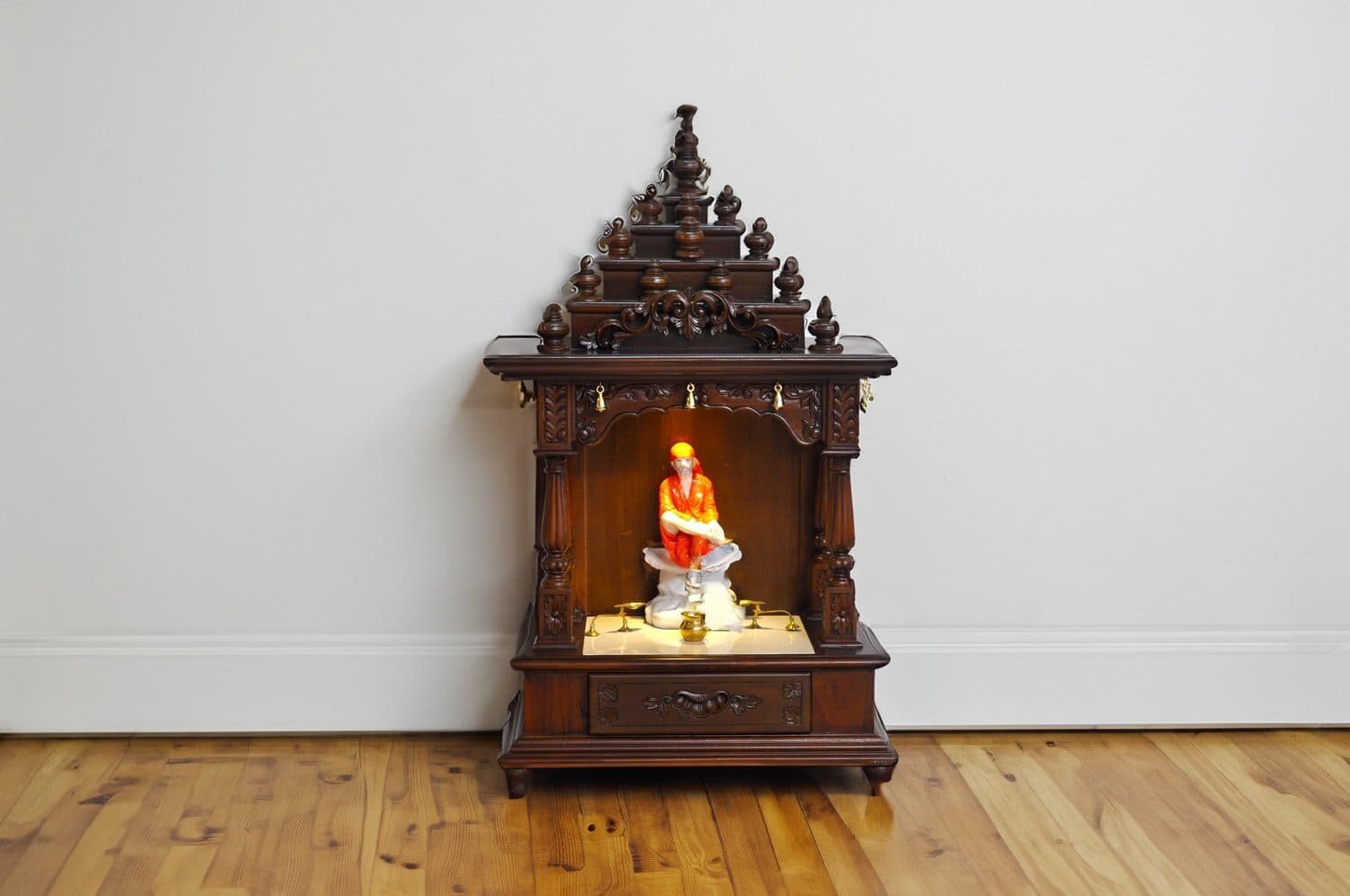Can Mandir be in a Bedroom?
If you're facing a space crunch and wondering whether you can place a mandir in your bedroom, you're not alone. Many homes, especially in cities, have limited space, and finding the perfect spot for a pooja room can be tricky. While the ideal location for a mandir is often in the living room or kitchen, sometimes the bedroom might be your only option. Let's explore whether this is advisable, what Vastu Shastra has to say, and how to make it work if needed.
Mandir Placement According to Vastu
Vastu Shastra, the ancient Indian science of architecture, emphasizes that a pooja room should be a sacred space in your home. Ideally, it should not be placed in the bedroom. According to Vastu, sleeping in the same room where you perform pooja isn't recommended because the bedroom is your personal, intimate space, while the pooja room is meant for devotion and reverence.
However, if you don't have any other option, you can place a mandir in the bedroom, but there are a few crucial guidelines to follow.
Vastu Guidelines for a Mandir in the Bedroom
If a mandir must be placed in your bedroom, follow these Vastu rules to ensure positive energy flow:
Northeast Direction: Always place the mandir in the northeast corner of the bedroom. This direction is considered highly auspicious and aligns with the flow of positive energy.
Platform Setup: Use a small platform or elevated structure to set up the mandir. This ensures that the idols or pictures of deities are not directly on the floor, which is considered disrespectful.
Avoid Dark Colors: The area around the mandir should be well-lit and free of dark or gloomy colors. Light, calming shades like white or cream work best to keep the space inviting and full of positive vibes.
Feet Placement: Make sure that your bed is positioned so that your feet do not point towards the mandir when you sleep. According to Vastu, this is a sign of disrespect.
Maintain Cleanliness: Ensure the mandir and its surroundings are always clean and well-organized. The space should be treated with respect and free of clutter.
Cover the Mandir: When the mandir is not in use, consider covering it with a cloth to maintain its sanctity. This helps separate the pooja space from the personal space when you're sleeping or engaging in other activities.
Why You Should Avoid a Bedroom Mandir (If Possible)
While it is possible to have a mandir in your bedroom, it is generally not ideal. The energy and purpose of a bedroom conflict with those of a pooja room. You might wear shoes in the bedroom, and personal items like clothes, shoes, and electronics could affect the sacred atmosphere that a mandir requires.
Additionally, there is a traditional belief that the energy required for devotion is best separated from the restful energy needed in a bedroom. If you have another space, such as the living room, hallway, or even a small corner of the kitchen, those are better options.
A Bit of History: Mandirs in Homes
Interestingly, the tradition of having a mandir at home wasn't always common. Before the British colonial period in India, people would visit temples for their prayers and poojas. However, during British rule, many people were restricted from going to temples, and the practice of setting up home mandirs became more popular. This adaptation allowed people to maintain their spiritual practices from the comfort of their homes.
Conclusion: Can a Mandir Be in the Bedroom?
In an ideal world, your mandir should be in a separate, quiet, and clean space within your home. However, if space constraints leave you with no other option but to place the mandir in your bedroom, follow the Vastu principles mentioned above to ensure that the energy in the room remains positive. If you're ever in doubt, consulting a Vastu expert can help you find the best solution for your home.
At the end of the day, devotion and intent are what matter most, and as long as you maintain respect for the space, your mandir can continue to be a sacred place, even in a small bedroom.

